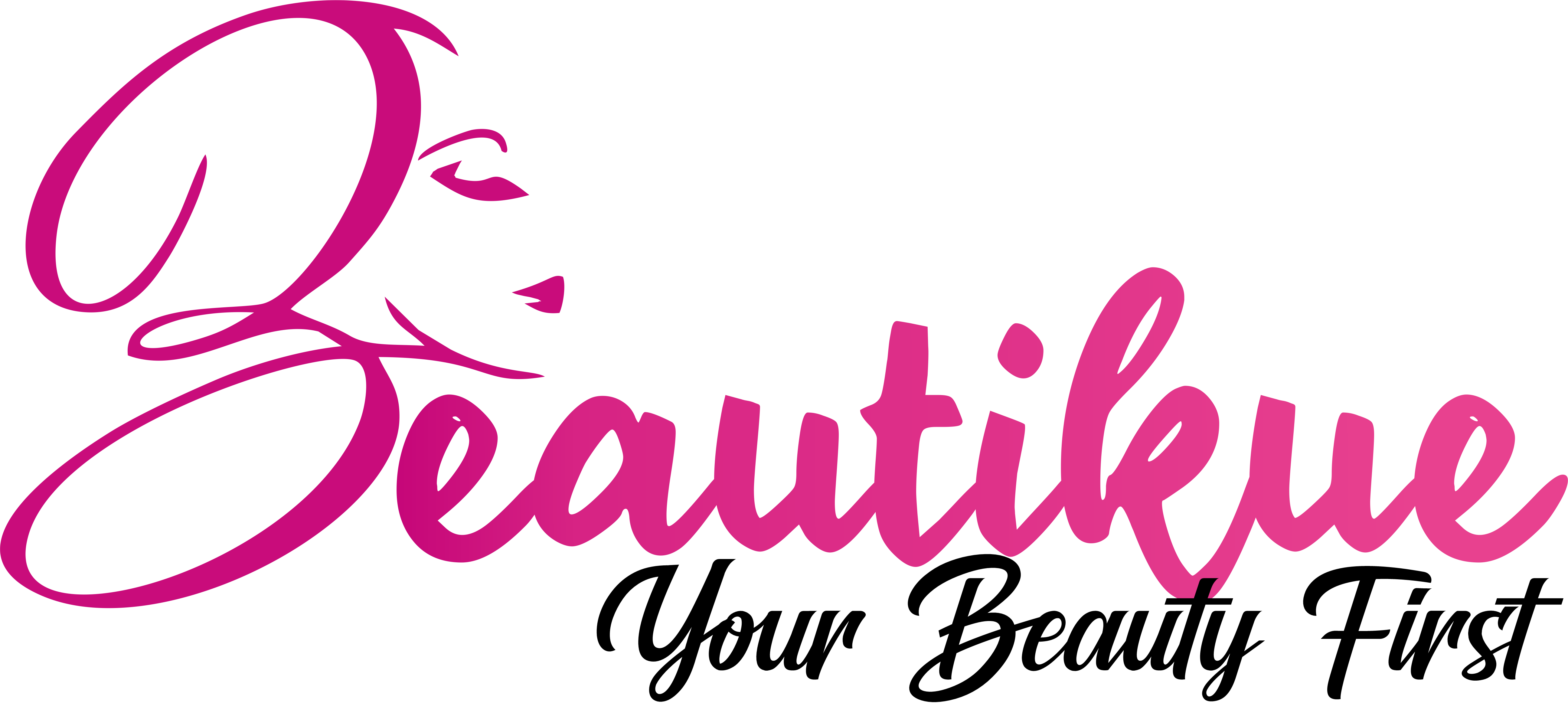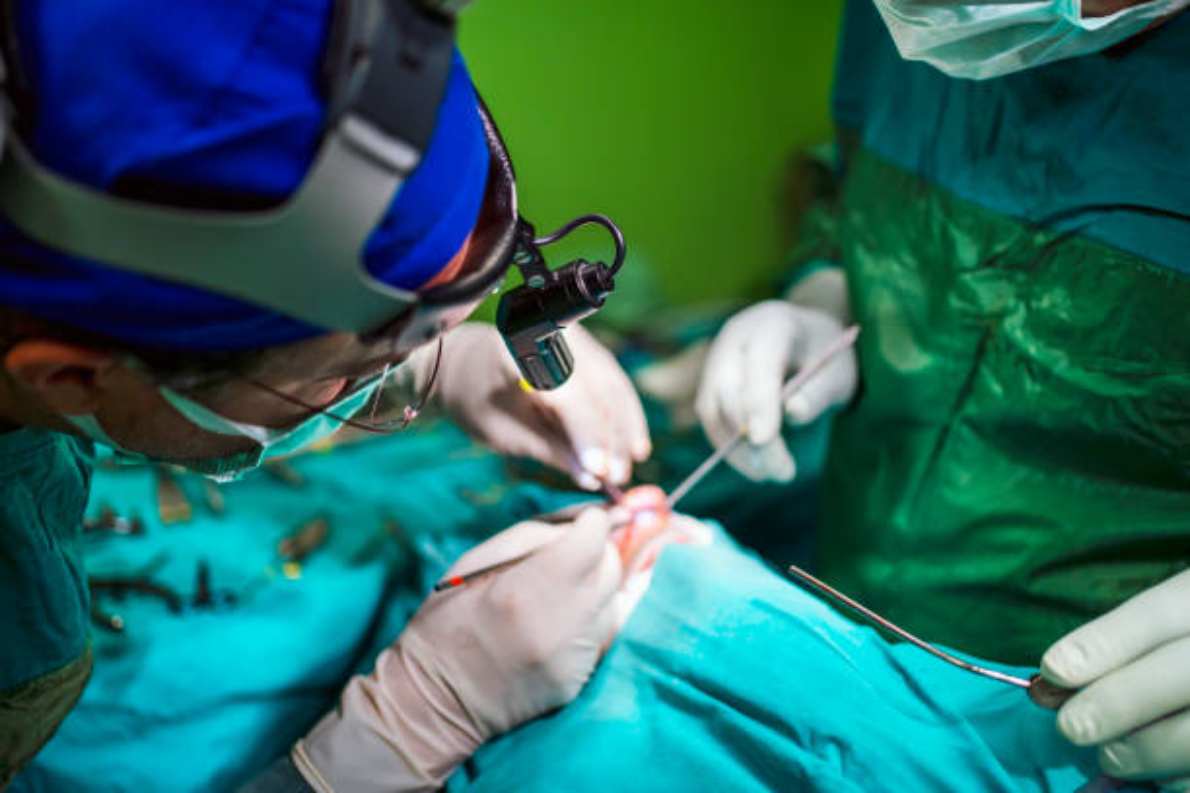Primary rhinoplasty reshapes your nose to make it look more like you want it. Revision rhinoplasty is for correcting issues that have come about due to your primary rhinoplasty. If you have been wondering about both procedures, this article will help you learn more:
Cost
The average primary rhinoplasty can cost anywhere from $4,500 to $10,000. This price includes the plastic surgeon’s fees, anesthesia costs, and operating room fees. This fee is usually tailored to meet your specific needs and goals.
There might be some additional costs depending on the complexity of the procedure. It would help to consider whether your health insurance covers rhinoplasty for medical reasons. If not, most practices offer financing options.
Revision rhinoplasty costs about 2 to 3 times more than a primary procedure. Revision rhinoplasty surgeons in population centers have more experience and less risk of surgical complications. However, a surgeon’s experience is essential for reconstructive rhinoplasty, so the cost of revision surgery can be more.
Before your rhinoplasty procedure, consider the costs of living after the surgery. You will need to take at least two weeks off from work and have someone stay with you at home to assist you. You will need someone to watch your children and pet while you recover, so you should budget for these extra expenses. You should also make sure you will have someone to drive you home after the procedure.
Procedure
Primary rhinoplasty is when you have had surgery on your nose before. This could be because your original surgery was not what you wanted or done by someone who was not an expert in rhinoplasty.
The first step of this procedure is to surgically remove any scar tissue from the previous surgeries and then rebuild the nasal tip. This can take two to four hours, depending on how much work is needed.
Revision rhinoplasty is when some damage or change needs to be addressed for the nose to function correctly again. Suppose someone has had a traumatic injury to the nose (such as being struck by a baseball); revision surgery can be necessary to repair it. Other reasons that someone might need revision surgery include:
1) The tip of their nose has collapsed over time due to natural aging processes;
2) They have lost weight which caused their nose shape to change.
3) One side of their face appears different from the other due to cosmetic surgery.
Patient Selection
The surgeon’s primary impression of the patient’s nose is an important consideration, and the surgeon should agree that function is just as important as aesthetics. Patients should also choose a surgeon who agrees that function is equally important in determining whether a primary rhinoplasty is right. Ultimately, choosing the right surgeon is the key to the success of your procedure.
Patients should also consider their deformity and previous history when choosing a surgeon. Deformities like a nasal fracture and deviated septum are the most common causes of primary rhinoplasty surgery.
Patients with these deformities may have less than desirable outcomes at baseline and may feel more satisfied after a primary rhinoplasty. Therefore, it is essential to choose a surgeon with extensive experience in this procedure.
According to Healthline, you need to know a few things before selecting a revision surgeon. Your previous surgery must be at least a year old. You must be in relatively good health before your surgery.
Cardiovascular issues can complicate surgery and delay the results. Your surgeon should provide you with the best information on your condition and the potential risks. He will discuss your options with you and customize a treatment plan to meet your needs.
Recovery Time
The recovery time for a primary rhinoplasty varies widely and may take two weeks. The first week following surgery is usually accompanied by localized swelling and bruising. Pain levels will vary depending on the extent of the procedure.
Eventually, this will dissipate, and you can return to normal activities. Once your cast is removed, you can slowly return to work and social activities.
While recovery time is the same for primary rhinoplasty, recovery time is slightly longer for revision rhinoplasty. If the original procedure caused discomfort, scarring, or other issues, you’d have to wait longer to have your revision procedure done.
Waiting one year will also eliminate the risks associated with your first procedure. The operating surgeon performing the revision procedure will also have more control over the tissues and results.
In addition to the recovery time, you will be expected to stay upright for six weeks after surgery. Sleeping on your back can cause your nose to move and increase the risk of additional swelling and bruising.
The doctor will give you instructions on keeping your head elevated during the first week after surgery. A travel pillow or rolled-up towel will work just as well. Sleeping on your side can also cause your nose to move.
Possible Complications
Bleeding may be the most common complication. While bleeding after rhinoplasty is possible, very few patients experience significant postoperative blood loss, which rarely necessitates hospitalization.
Most blood loss is contained in the nasal cavity, and nasal packing is typically enough to minimize the risk of further bleeding. Blood-thinning medications, such as herbal supplements and mild baby aspirin, can cause excessive bleeding after primary rhinoplasty.
In a revision, rhinoplasty infections could weaken blood supply, diminish skin elasticity, or cause irregularities. In severe cases, the procedure can fix a bone or cartilage defect left behind by an unskilled practitioner. Revision rhinoplasty may also be necessary if the initial operation caused a severe deformity that needs to be corrected.
Conclusion
No two noses are exactly alike, and it makes sense that a primary rhinoplasty might be slightly different than a revision rhinoplasty—but some people swear that the difference is palpable. Whether or not there is a noticeable difference depends on the type of surgery, the surgical plan and procedure, and your pre-existing nose. Ultimately, it will likely boil down to how you feel about your nose after surgery.


